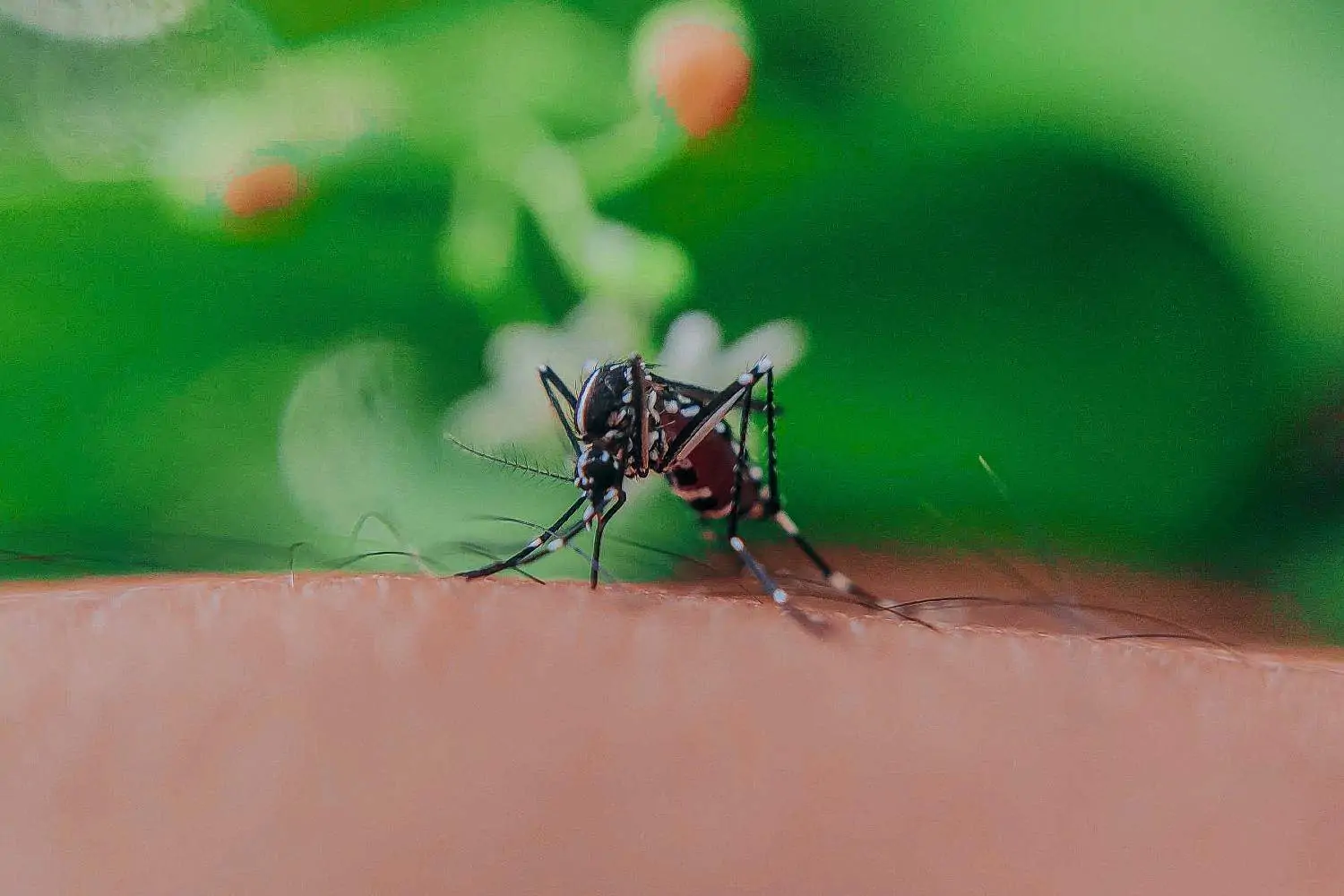On the 6th of November every year South Africa celebrates Malaria Day. It aims to create awareness about the virus as well as promote participation in malaria control programs. The government hopes to minimise the infection rate by educating the public on how to avoid infection. As well as on what the symptoms of malaria are and the importance of seeking treatment.
What is Malaria?
Malaria is a life-threatening disease first discovered in 1880. A parasite contracted through the bite of an infected female mosquito is the cause of the disease. Malaria pathogens are small, single-celled organisms that need humans and the Anopheles mosquito for their development. There are five types of this pathogen that are harmful to humans, resulting in five different forms of malaria. Although, none of them can be transmitted from human to human and only one of these types has been known to be fatal. However, the fatal form is also the most common one, known as Malaria Tropica (caused by the pathogen called Plasmodium falciparum).
Who is at Risk of Infection
Malaria is one of the most common infectious diseases in the world, with around 40% of humanity living in potentially contaminated areas. However, African countries host the majority of this disease, with sub-Saharan areas claiming the highest number. For instance, in 2015 just under 90% of the world’s malaria cases came from these African regions. Other areas with high numbers of malaria cases are Southeast Asia and parts of Central America.
Anyone travelling through potentially infected areas could become ill with malaria. And once infected, young children, pregnant women and non-immune travellers (those from malaria-free areas) are particularly vulnerable. Health organisations across the world hope that through awareness the risks of malaria infection for everyone can be minimized.
Symptoms of Infection
All forms of malaria are preventable and curable. And increased efforts are dramatically reducing the malaria burden in many places. However, it is crucial to seek treatment should one suspect infection. The earlier you start treatment, the more effective the treatment will be. With the majority of deaths being the result of late or incorrect diagnoses.
First, it is important to remember that the disease or its pathogens cannot be transmitted from person to person. The process requires the presence of a female mosquito. The mosquito will typically feed on more than one human, and even if not infected, should it feed on an infected person, it will then become infected and the next human it draws blood from will contract the parasite.
The matured parasite’s first move is to attack red blood cells. As the body tries to defend itself affected organs begin to shut down. This is when the first of the symptoms will be felt. Part of what makes this disease so hard to control is that the parasite can choose to remain inactive within a person’s liver. So symptoms could take anything from days to years to show. Awareness of this fact is important, as many people will only seek testing and treatment when the symptoms of malaria are felt. In the meantime, they could have played a role in infecting others.
Symptoms include:
- severe headache
- chills and fever,
- nausea and vomiting
- fatigue,
- muscle and joint pain
- Possible yellowing of the skin (due to loss of red blood cells)
Treatments
Unfortunately for us hosts, the malaria parasite is incredibly adaptable and it has eventually become resistant to most drug treatments.
The first drug developed to treat it was Quinine. It is sourced from the bark of the cinchona tree. For decades this drug was effective, safe and had minimal side effects. However, by 2006 resistance cases had increased to a notable percentage.
Following the parasites growing resistance to Quinine, scientists synthesized a few other options. In some cases, one or more of these have proven to work, though the parasite very quickly developed a resistance to them as well. These include Chloroquine, Mefloquine and Sulfadoxine.
Later, scientists developed Artemisinin from the sweet wormwood tree. This proved very effective for a period of time before the parasite developed levels of resistance to it as well.
New Possibilities Found through Covid Vaccine Research
Malaria treatment drugs are something that the world’s scientists have been continuously working on. yet we are still greatly relying on the spread of awareness so that each individual can take preventative measures. But with recent development in the covid vaccine, they suspect a break though has finally been made for new malaria treatment.
The theory is that the new vaccine will stimulate human cells to produce surface proteins of the malaria pathogen, which in turn will stimulate the immune system to act against the foreign proteins. But much more testing is needed. The hopes are that if test results are positive, a new, safe and effective malaria treatment will be available towards the start of 2023.
Preventative Measures
If you are travelling to an area suspected to be infected with the malaria parasite, awareness of the precautions that can be taken is crucial:
- Preventative medication does exist, consult with a doctor to receive some
- Always sleep under a treated bug net
- Keep your body well covered.
